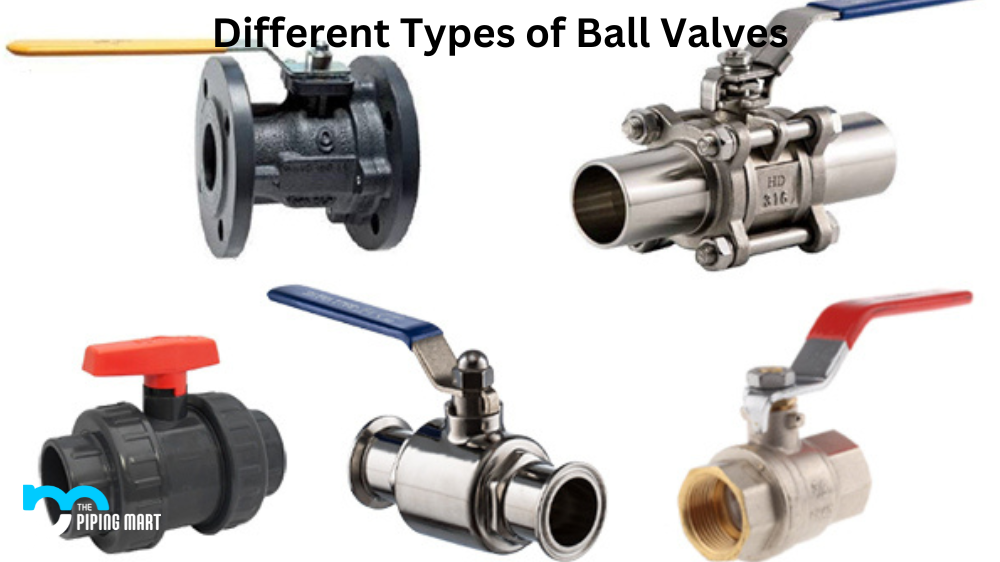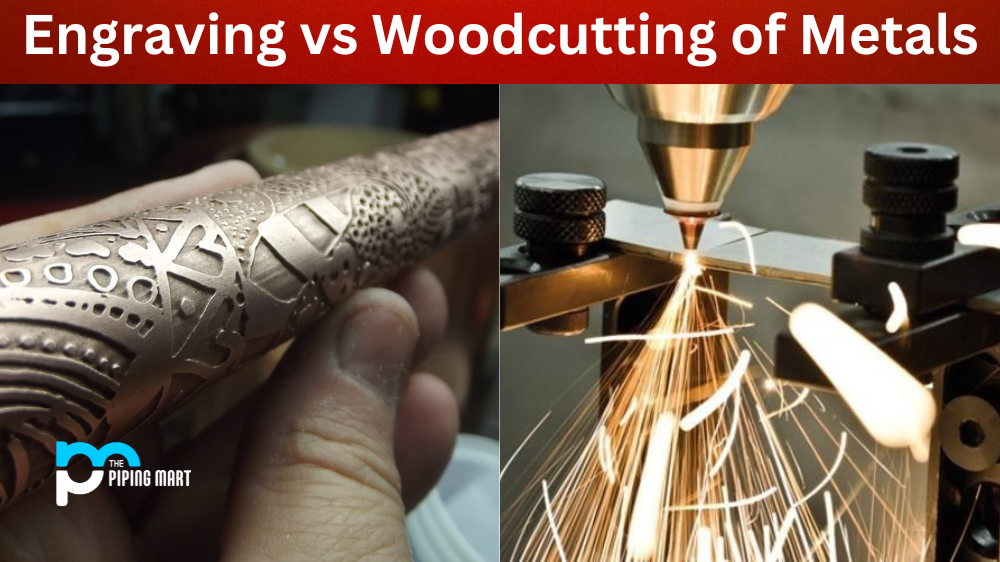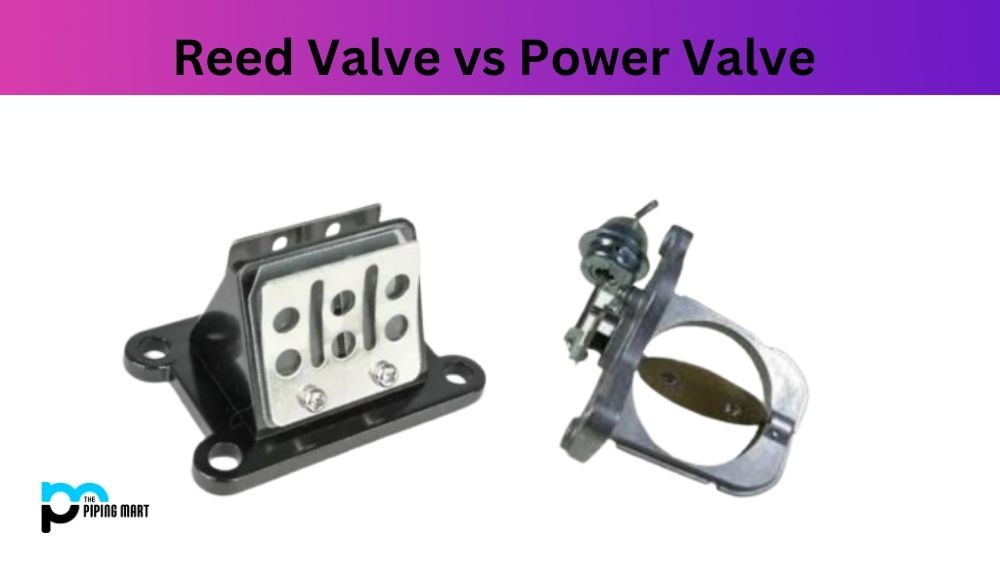Ball valves are simple yet highly effective devices used in various applications, from plumbing to industrial processes. There are many different types of ball valves on the market today. Here’s a breakdown of the most common ones and their uses. Understanding their differences is key to getting the most out of your ball valve. This blog post will discuss what differentiates these types of ball valves and when you should use each.
What is a Ball Valve?
A ball valve is a type of valve that controls hydraulic flow by using a spherical perforated barrier. To open or close a ball valve, it is normally spun 90 degrees around its axis. It’s one of the most common types of valve. Ball valves can be used for both liquid and gas applications. Because of their extended service life and dependable sealing during their service life, they are very popular in the chemical, petrochemical, and oil and gas industries. Ball valves are also suitable for vacuum and freezing applications.
Types of Ball Valve
Full Port Ball Valve
Full port ball valves offer maximum flow rate thanks to their large interior diameter. Because they have fewer restrictions than other types of ball valves, full-port ball valves are often used in water systems or other applications where a high flow rate is essential. Additionally, full-port ball valves make it easier to flush out debris. This makes them perfect for systems with many components that require frequent maintenance.
Reduced Port Ball Valve
Reduced port ball valves are smaller than full-port ones and thus have lower flow rates. However, they also cost less than full-port models due to their smaller size and more straightforward construction. Reduced port ball valves are well suited for applications where a low flow rate is sufficient, such as in HVAC systems or water treatment plants. The reduced cost can also benefit tight budgets where every penny counts.
Multi-Port Ball Valve
Multi-Port (or multiway) ball valves feature multiple ports instead of just two, like traditional models, do. This allows them to control various lines at once with only one valve body; this makes installation and maintenance easier than using multiple single-port models for the same purpose. Multiway ball valves are often used in industrial processes where line control is required, but space is limited; they can also be used for mixing or diverting fluids, depending on the application.
V-Port Ball Valve
V port ball valves are an efficient and cost-effective solution for flow control. This type of valve is particularly useful when a precise, adjustable flow rate is required in an application, such as controlling the output of a fluid dispenser or regulating temperature in HVAC systems. V port ball valves feature either a reduced full-flow port allowing for 16 stages of flow control for increased precision, or an equal percentage port which gives ten stages of flow control. Additionally, this type of valve requires very little maintenance, renders tight shutoff and is easily adjustable. All these features make v-port ball valves indispensable tools for many applications in manufacturing and beyond.
Vented Ball Valve
A vented ball valve is similar to a regular ball valve in construction and operation, with the exception that the vented ball has tiny orifices punched into its side. The orifice is pointed to the outflow side of the valve when the valve is closed. To prevent leakage, valve failure, and explosion, the pierced hole is utilized to exhaust trapped gases that produce a build-up of internal pressure inside the valve.
Split-body ball Valve
Split-body ball valves are a type of industrial valve designed to allow for controlled and precise shutoff flow movement. These valves are designed with two distinct bodies that are split apart, resulting in two openings for entry and exit. This construction allows the ball within the valve to be easily accessible from both sides, and replacing or repairing the unit does not require the removal of entire blockages. This makes it an ideal choice for situations where quick, on-site repairs may be necessary to maintain an even flow. Split-body ball valves also offer superior sealing, meaning regular maintenance is often unnecessary. This makes these valves a cost-effective solution in many applications requiring reliable heating or cooling systems.
Top-Entry Ball Valve
Looking for reliable flow control solutions, look at top-entry ball valves. These valves have been around for years and used in various industrial applications. They’re well-designed and offer superior performance compared to other valves due to their tight sealing when the handle is turned. These valves are designed for better water control and boast features such as maintenance-free operation and a durable build that ensures that your piping systems remain reliable even under high-stress environments. Their wide variety of sizes, configurations, and materials available, makes them perfect for many different types of industrial settings and applications. Top-entry ball valves will help you make sure visibility into your plumbing system is always maximized.
End-Entry Ball Valve
End-entry ball valves offer a range of advantages compared to other types of valves, making them a popular choice in many industries. They are known for their simple design – they feature just two components: a hollow sphere and an end cap. This means that installation is easy and fast, saving time and money. Not only that, but the valve is extremely reliable and proven to withstand extreme temperatures, pressures, oils, and other corrosive liquids without showing signs of wear or tear. Durability is yet another reason so many facilities opt for an end-entry ball valve when they need to regulate fluid flow – it’s sure to remain dependable through years of regular use.
One-Piece Valve
The inner elements of a one-piece ball valve are contained in a single-piece cast body. The possibility of liquid overflowing from the valve is no longer a possibility. One-piece ball valves, which have a smaller diameter, are low-cost. A welded one-piece ball valve is more common, but it can’t be dismantled for cleaning or repaired once it’s been damaged; as a result, it’s only used in situations where there’s a minimal risk of molecule formation and disinfection isn’t a major concern. Screwed one-piece ball valves, on the other hand, may be cleaned, adjusted, and repaired, whereas damaging them necessitates the use of special tools.
Two-Piece Valve
For reduced bore and FB plan valves with diameters more than 6″, a two-piece plan is utilized to supplement the single-piece plan. The ball is kept in place by the body stud, which is created in two pieces as part of a two-piece design. A full bore or reduced bore design may be acceptable at this point.
Three-Piece Body Ball Valve
A three-piece body ball valve is an essential piece of equipment for many industrial operations. This type of valve allows for easy flow control and provides reliability, safety, and efficiency in a compact design. It’s suitable for various environments and applications, including shutoff and regulating water, chemicals, oil, or gas systems. With its simple but innovative design and ability to quickly adjust the opening size, the three-piece body ball valve is highly effective and incredibly easy to maintain. Although it’s more expensive than other types of valves, it offers much greater longevity at an affordable cost if you’re looking for a dependable solution that can withstand wear and tear.
Standard Port Ball Valve
A standard port ball valve is an essential tool in controlling the flow of various liquids and gases. It consists of a ball, handle and seat, which is designed to fit together perfectly to provide a tight seal that effectively stops or permits flow. This makes them ideal for plumbing applications such as regulating water lines or pressure systems. They can also be used for more specific applications such as shutting off gas lines, calibrating fuel flow or monitoring liquid levels in tanks. Because they are so reliable and easy to use, standard port ball valves are one of the most common types of valves found in homes and businesses.
Double Trunnion Ball Valve
Double trunnion ball valves have become a highly sought-after tool in water and gas applications thanks to their robustness and high levels of quality control. These valves are designed to withstand constant operating pressure and varying temperature extremes, making them a worthwhile investment for any industrial user. Additionally, double trunnion ball valves boast excellent flow capacity and provide very tight shutoff performance, meaning that users are able to count on their reliable and consistent operation. Many companies in the industry offer various styles of double trunnion ball valves to meet customers’ individual needs; no matter what the application might be, customers can trust that they will have an efficient valve option at their disposal.
Lubricated or Non-lubricated Ball Valve
When considering the best valve to use in your industrial piping, evaluating whether a lubricated or non-lubricated ball valve will provide the most optimal results is essential. A lubricated ball valve requires less torque and offers greater protection against corrosion and wear, extending its life expectancy compared to non-lubricated valves. However, lubricating the valve can cause impurities to build up in the fluid stream, so a non-lubricated option may be more appropriate when strict purity is required. Knowing what is essential for the job should help you select the perfect ball valve for your system requirements.
Trunnion Ball Valve
A trunnion ball valve is a type of ball valve where the ball is supported by a trunnion on each side of the ball. This gives the valve extra strength and durability, making it ideal for high-pressure and heavy-duty applications. The trunnion also prevents the ball from being dislodged from its seat, even if there is a high level of pressure difference across the valve.
Benefits of Using Ball Valve
Ball valves offer several advantages over other types of valves, including durability, reliability, cost-effectiveness, and ease of use. Their robust construction makes them capable of handling large amounts of pressure while still providing excellent flow control capabilities. In addition, they are also relatively inexpensive compared to other types of valves, making them an attractive option for many businesses looking to save money on their installations or repairs. Finally, their simple design makes them easy to install and maintain, which reduces downtime significantly compared to other types of valves.
Conclusion:
Ball valves come in many shapes and sizes, but the three main types are full port, reduced port, and multiway models. Full port models offer maximum flow rates while reducing port models offer lower costs but lower flows as well; multiway models allow you to control multiple lines at once with one valve body which can save space and money when installing complex systems. Understanding which type will work best for your project is key if you want to get the most out of your system!

A passionate metal industry expert and blogger. With over 5 years of experience in the field, Palak brings a wealth of knowledge and insight to her writing. Whether discussing the latest trends in the metal industry or sharing tips, she is dedicated to helping others succeed in the metal industry.




